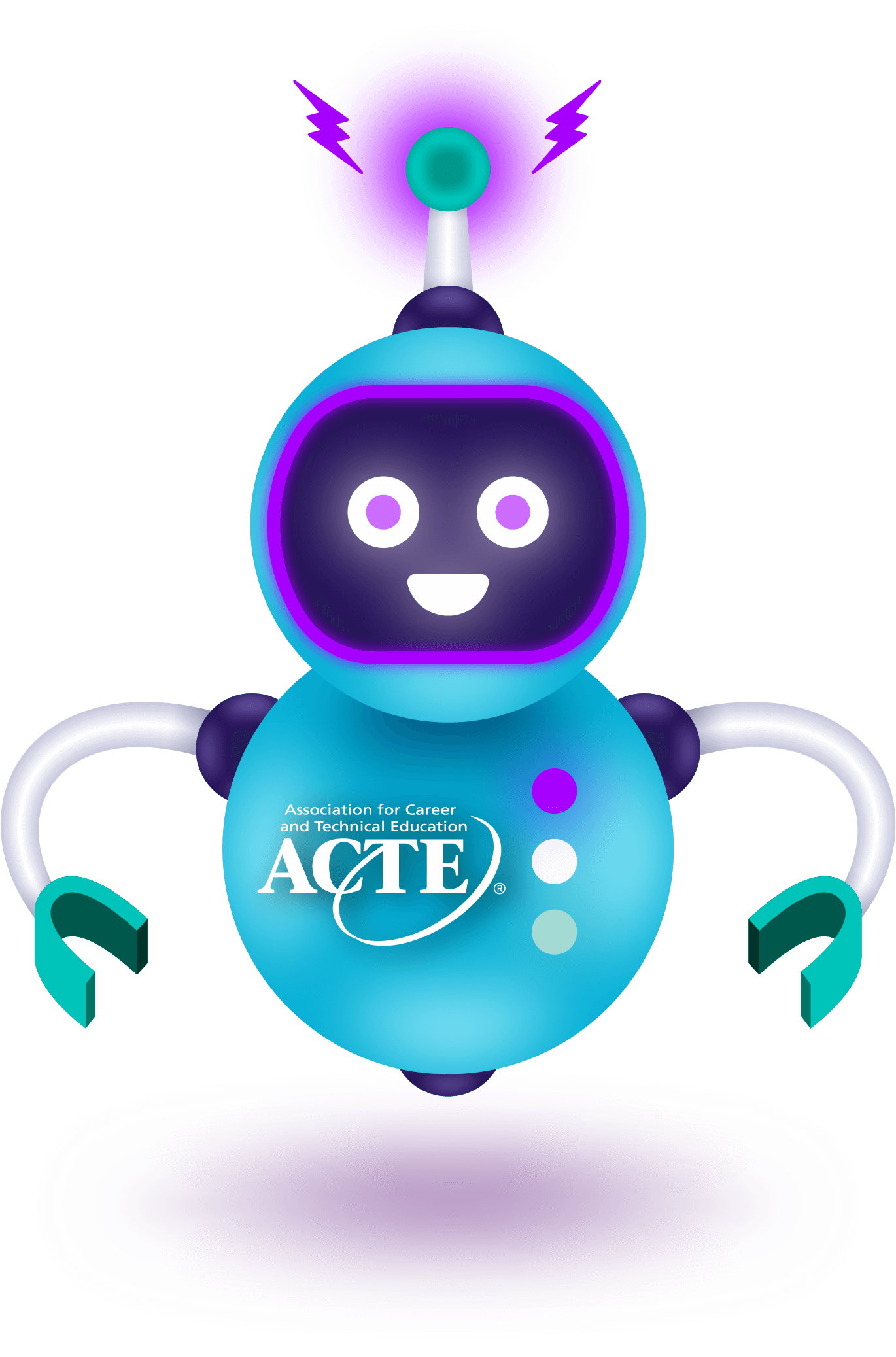The Community College Research Center (CCRC) recently released multiple publications covering the effects of community college finance systems, college-credit-in-high-school programs and the role of information inequality in postsecondary outcomes.
Budgets as Value Statements: Mapping How Finance Systems Drive or Reduce Inequities in Community Colleges: This publication underlines the importance of community colleges for postsecondary education and workforce training but notes that these institutions’ potential for improving economic outcomes and equity of opportunity remains unrealized due to inadequate funding and ineffective finance systems. To remedy this and find potential solutions, the CCRC researchers analyzed the funding mechanisms of community colleges in California, Ohio and Texas. Researchers found the following:
- The finance systems of all three states are tied to enrollment incentives, particularly in California where 80% of the financing relates to enrollment.
- The percentage of revenue tied to student outcomes is lowest in Texas (3%) and highest in Ohio (42%).
- Incentives for equitable student outcomes were strongest in Ohio.
The researchers recommend that states begin by mapping their existing revenue streams and related policies as part of efforts to help community colleges better meet goals for postsecondary attainment and career preparation.
Assessing College-Credit-in-High-School Programs as On-Ramps to Postsecondary Career Pathways for Underrepresented Students: In this report, CCRC researchers analyzed the advantages and disadvantages of earning postsecondary credit in high school through the five most common models – AP, IB, dual enrollment, early college high schools and P-TECH schools, and high school CTE programs – to assess how well they serve their intended purposes. The point of this brief is not to select the best model but rather to analyze these models’ strengths and weaknesses to allow practitioners in the field to identify areas for improvement.
Researchers reviewed relevant research and concluded the following about high school CTE:
- There is evidence that CTE programs impact college-going, with concentrators being 7% more likely than non-concentrators to graduate high school and 10% more likely to enroll in a postsecondary program within two years.
- CTE produces strong labor market outcomes, with career academy participants being likely to earn sustainable salaries post-graduation.
- College credit in high school earned through CTE does not always transfer to postsecondary institutions, which speaks to the need for regional CTE networks to improve articulation across secondary and postsecondary programs.
Researchers also encouraged practitioners to consider other factors such as outreach, advising, quality teaching and academic support as part of a multifaceted solution for improving postsecondary outcomes for students, especially those from an underrepresented background.
Choice Is Not Always Good: Reducing the Role of Informational Inequality in Producing and Legitimating Higher Education Inequality: This CCRC report analyzes the societal inequalities that are perpetuated when students make uninformed choices about postsecondary pathways. The researchers emphasize that students from underrepresented backgrounds are more likely to fall victim to the problem of informational inequity when making their postsecondary pathway choices. In this report, they seek to help educators and administrators better understand this inequity gap and ultimately lessen it, to help more students find the right paths for them. The researchers make the following recommendations as potential solutions:
- Expanding college and career advising is crucial: According to a 2011 survey by the College Board, in schools where 75% or more of students were receiving free or reduced-price school lunch, the average student-to-counselor ratio was 427-to-1 while schools with wealthier students have a 352-to-1 ratio.
- Implementing “choice architecture” such as guided pathways could simplify the choices students have to make and nudge them toward pathways that are a better fit.
- Tracking student progress could enable practitioners and counselors to intervene when needed.







